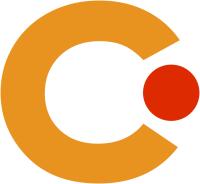Artikel in einem Konferenzbericht,
A Simplified Inverse Kinematic Approach for Embodied VR Applications
in Proceedings of the 23rd IEEE Virtual Reality (VR) conference, Seite 275-276. (2016)
DOI: 10.1109/VR.2016.7504760
Zusammenfassung
In this paper, we compare a full body marker set with a reduced
rigid body marker set supported by inverse kinematics. We measured
system latency, illusion of virtual body ownership, and task
load in an applied scenario for inducing acrophobia. While not
showing a significant change in body ownership or task performance,
results do show that latency and task load are reduced when
using the rigid body inverse kinematics solution. The approach
therefore has the potential to improve virtual reality experiences.

